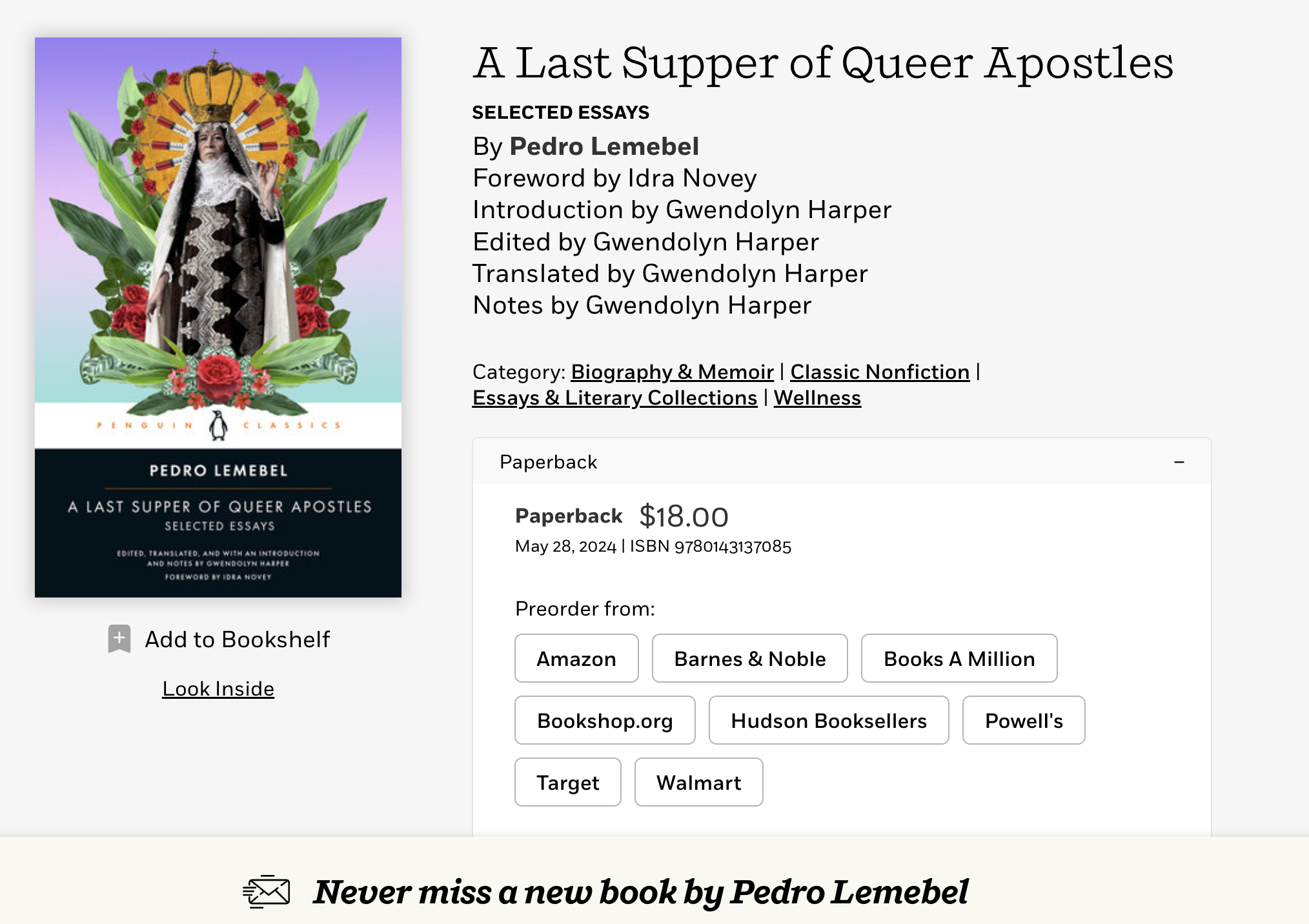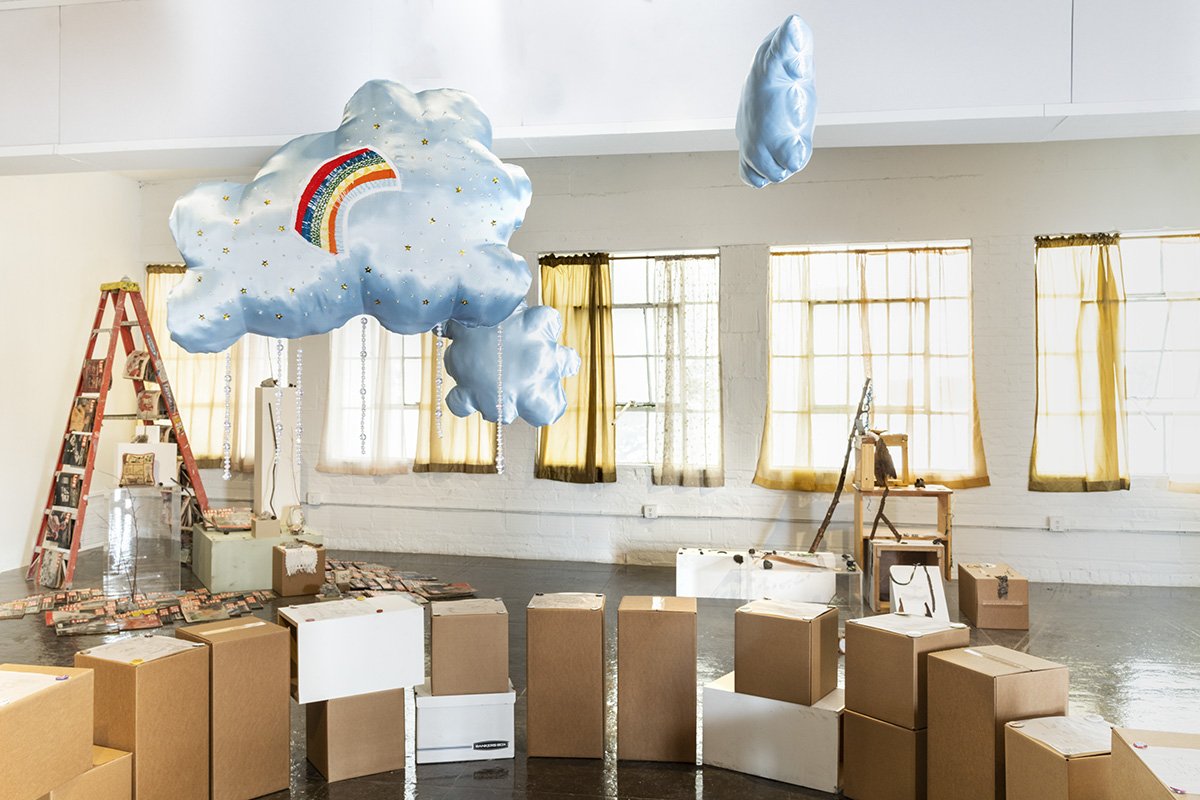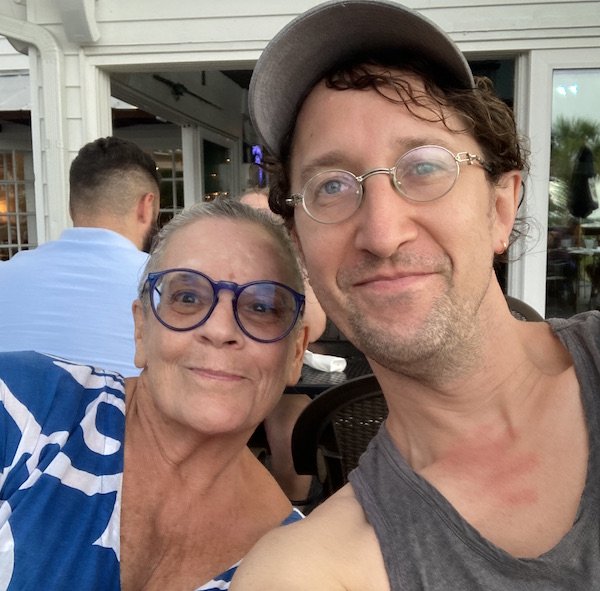Yásnaya Elena A. Gil
Translated by JD Pluecker
(This text was originally published in Spanish as with Gatopardo in March 2020. I translated it, and it was published at Entropy Magazine in July 2020. Entropy closed in 2021, so I am re-publishing this translation here so that it can continue to reach readers. A PDF of the essay as it originally appeared on Entropy is here.)
One of the clearest signs of the position held by indigenous languages in Mexico is the small number of spaces that exist for their instruction. Preparing a course to teach an indigenous language presents a multiplicity of challenges, not solely related to grammar, but also to issues that stem from the constant attacks on the use of these languages over many decades. As a consequence of these attacks, indigenous language study and the development of diverse methodologies, materials, and didactic resources—for their teaching as a second language—is totally incomparable to what exists for hegemonic languages.
In a city like Oaxaca, nestled in Zapotec territory and surrounded by many communities that currently speak or previously spoke Valley Zapotec, it would seem natural for there to be a variety of spaces offering instruction in the language for people who do not speak it, whether Zapotec people or not. When spaces do open for learning indigenous languages, I am continually asked a question that over time has become more insistent: if I don’t belong to the group that speaks a certain indigenous language, is learning it cultural appropriation? This same question worms its way into other settings as well. I’ve read compelling analyses that question whether it is cultural appropriation for someone to wear a huipil without being part of the community that produces them or whether doing a temazcal sweat also involves an appropriation of a culture that one does not belong to, and a whole slew of other related cases.
Answering these questions is no simple task. I’d like to posit some ideas that I think should be considered in order to attempt to develop responses through collective discussion. The frequency of these questions already indicates a concern that it’s hard to imagine surfacing years ago. This topic has been being debated for quite a while in the neighboring country to our north, where situations like the use ritual garb belonging to indigenous peoples at costume parties has sparked controversies and debates that allow us to discern the functioning of diverse systems of oppression.
In theory, I’d like to argue in favor of exchange, contact, and appropriation of cultural elements; one of the things that seems to me most important and also very difficult to impede is the flow of cultural elements between peoples, cultures, and nations of the world that makes it practically impossible, at this point in time, for there to be “pure” cultures that have not taken elements from others, resignifying them and incorporating them into their cultural systems. What’s more, in the contemporary world, it’s complicated to think about cultures as closed entities with absolute borders that make it possible for us to identify where one culture ends and another begins. For example, I strongly believe that Western wind instruments, like the trombone, trumpet or clarinet, have been adopted to make traditional music that I feel and read as profoundly Mixe, as something that belongs to my culture. Zapotec peoples in the Sierra Norte of Oaxaca, who also have extraordinary philharmonic bands, might feel something similar. The elements of different cultural traditions flow freely and are adopted, investing them with new interpretations, uses, and meanings that continually enrich the cultural diversity of the world.
Nevertheless, not everything ends up being so simple. Interaction between cultures does not happen in a context of equality and harmony, as certain discourses about diversity would have us believe, disregarding the fact that the societies that produce cultures have been categorized and placed into hierarchical relationships. World cultures are enmeshed within a network of structures that order them and arrange them into hierarchies; the elements of humanity are interwoven in structures of colonialism, racism, and capitalism. For this reason, I’d like to make an important distinction between cultural appropriation and undue (or improper) cultural appropriation, as it has been referred to specifically. This kind of appropriation happens when a privileged person appropriates certain cultural elements of other populations for their own use or benefit while keeping oppressive relations intact. In addition, this appropriation retrofits oppression into a new updated version, becoming a means both to benefit those at the top and to continue pursuing extractivist practices, taking elements considered valuable, while the rest is discounted and attacked.
For example, though indigenous lands in the United States continue to suffer from invasion, at the same time elements of Native culture are taken piecemeal to be used on runways for Victoria’s Secret. When the oppressor class considers a cultural element of the oppressed class to be worthy of contempt, members of the group will face discrimination because of it; however, when that same element is found to be an exploitable resource, the oppressors will appropriate it. In light of this definition, the fact that Mixe craftspeople have designed sneakers with the form and the look of Converse sneakers—but with traditional Mixe embroidery—cannot be considered undue cultural appropriation, though some people have insisted on the opposite in conversations with me. Just as there is no such thing as reverse racism, there is no such thing as “reverse” undue cultural appropriation. Something becomes undue cultural appropriation when a cultural element of an oppressed group is exploited by someone without any experience of the oppression endured by that group.
In the United States, the phenomenon of undue cultural appropriation has its own characteristics related to racial and ethnic categories. The population classified as white engages in an everyday form of racism that emerges in an updated form as undue cultural appropriation when they use the feathered headdresses of some Native tribes in shows or when they take elements from the African American musical tradition, decontextualizing them and obtaining financial benefit or recognition, while structural racism continues unabated.
Nevertheless, in Mexico, the phenomenon takes on other characteristics through the operation of mestizaje. I’d like to emphasize mestizaje as an operation and a narrative constructed by power, more so than a genetic fact. By now, we know that all of us in the world are products of genetic mixture; everyone in the world is mixed, genetically-speaking. Nonetheless, racism classifies bodies by identifying individual phenotypes that it organizes hierarchically, privileging some features and oppressing others systematically.
If we consider the fact that in 1820 approximately 70% of the population in Mexico spoke an indigenous language as their mother tongue and that now we are just 6%, we can see that the large majority of the people who identify themselves as mestizo were actually de-indigenized over the last two hundred years. This is a population that the structural racism of the State needed to portray as mestizo instead of indigenous; for this reason, the State stripped them of their languages, cultural elements, and sense of belonging in order to assign them a more white-washed identity, called mestizo: a Mexican identity constructed with diverse elements from a variety of places, peoples, and traditions. The objective of the Mexican State has been to convert the entire indigenous population into mestizos, or to say it another way: to de-indigenize them. In this context, if the mestizo population—who has been stripped of a sense of belonging, tribal affiliation, language, and culture—takes a cultural element from an indigenous group, can it be called undue cultural appropriation? Wouldn’t it instead be a way of challenging that process that turned them into mestizos? The mestizo population could then return to cultural elements that they were stripped of, not as appropriation but rather as a way to challenge the aims of the State.
Yet again, the answers are hardly simple. The mestizo population does not share the same experience of oppression as the indigenous population; when I say this, I do not mean that they do not suffer the effects of racism, but the experience of that oppression is different from that of people belonging to a political category like “indigenous.” In many cases, the category of mestizo is maintained by an aspiration toward self-whitening, entailing a disdain for indigenous peoples; despite this, mestizos often return to those communities just to find specific cultural elements for their own enjoyment, though their disdain is unaffected. All too often, the mestizo population forgets that it is a de-indigenized population and oppresses indigenous peoples in novel ways. The phenomenon is obvious when a population—that is read as white and very privileged—carries out operations of undue cultural appropriation, but it becomes more complicated when dealing with mestizos. Though the use of a huipil by certain people can be read as love for the roots of Mexico, that same huipil on a Triqui indigenous woman (or on the body of a woman who is racially read as inferior) is understood in a different way and indicates her belonging to a discriminated category. In any case, undue cultural appropriation in Mexico is almost always portrayed as an homage to the roots of the country, as if indigenous peoples—suffering under structural oppression—were a simple stockpile of elements to be appropriated to serve as cultural foundation for a State that has gone to great lengths to make them disappear.
This situation has its origin in the very foundations of Mexico as a nation. Unlike the formation of other countries, the Mexican State designed an identitarian discourse that, at its root, is based on undue cultural appropriation. Concurrent to its systematic oppression of Nahua peoples, the State appropriated elements that were part of their tradition and language; for example, the national coat of arms is based on Mexica elements. Folklorization allows the State to appropriate cultural elements from indigenous groups, which it will subsequently refer to as “elements of Mexican culture.” They are not elements of Mexican culture; they belong to concrete people who resist mining, megaprojects, and extractivist projects implemented or licensed by the Mexican State—which both is currently and historically has been the most flagrant undue appropriator of the cultures of indigenous peoples in this country.
These practices have reached absurd extremes, for example in 1930 when, hoping to reinforce nationalism, Pascual Ortiz Rubio attempted to replace Santa Claus with Quetzalcóatl. In the chronicles of the period, an official announcement was made that dispensed with a foreign tradition in order to replace it with a character who—already unduly appropriated—was characterized as being profoundly “Mexican:” the feathered serpent. The government organized an event in a huge stadium in which a person playing Quetzalcóatl handed out candies and presents to thousands of children brought into the space. Mexico was not created through a pact with the peoples and nations who were to constitute it; instead, a small minority created the nation by attempting to make indigenous people disappear into a new category called mestizo. As they oppressed them, the nation took elements from their cultures. Once it had appropriated cultural elements from indigenous peoples, it placed them in a large basket called “Mexican culture” from which the population can take decontextualized elements and call it an homage to their roots.
So then, is learning an indigenous language undue cultural appropriation? Is wearing a huipil, if we do not belong to the people who produce it? It is when that action perpetuates the mechanisms of undue cultural appropriation that the same Mexican State used to lay the foundation for its project of mestizaje, or when the approach leads to cultural extractivism, while leaving oppressive relations intact.
On the other hand, if the approach is founded on a deep questioning of one’s privileges and challenges practices of mestizaje built on racism and colonization, the implications could be different. Whenever we come into contact with cultural elements of indigenous peoples, we could begin to question the systems of oppression that make the existence of cultural appropriation possible. In Mexico, these systems are hidden behind the discourse of mestizaje and a supposed homage that ends up converting indigeneity itself into folklore.

















